Category: Aircraft & Technology
-
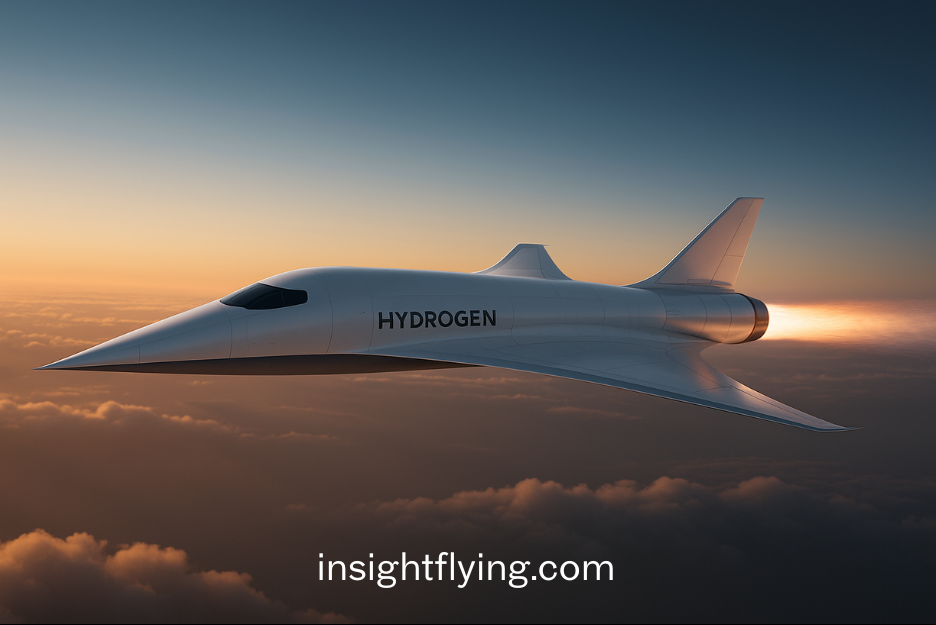
🚀 Hydrogen-Powered Supersonic Flight: The Future of Hypersonic Travel
เครื่องบินความเร็วเหนือเสียงขับเคลื่อนด้วยไฮโดรเจน – อนาคตแห่งการเดินทางความเร็วเหนือจินตนาการ Supersonic and hypersonic flight represent the next great leap in aviation technology. While traditional supersonic jets, such as the Concorde, reached speeds of Mach 2, new research aims far beyond — toward aircraft capable of flying at Mach 12, or twelve times the speed of sound. That’s nearly 14,800 kilometers per hour,…
-

ฟ้าผ่าทำให้เครื่องบินตก
✈️ ความเข้าใจผิดที่ 1: ฟ้าผ่าทำให้เครื่องบินตก Misconception #1: Lightning can make a plane crash หลายคนมักคิดว่า “ถ้าเครื่องบินโดนฟ้าผ่า คงตกแน่ ๆ” เพราะภาพในหนังหรือข่าวมักนำเสนอแบบนั้น แต่ในความเป็นจริง เครื่องบินพาณิชย์ทุกลำถูกออกแบบมาให้ทนต่อฟ้าผ่าได้ 100% ตามมาตรฐานความปลอดภัยขององค์กรการบินพลเรือน (เช่น FAA และ EASA) Many people believe that if a plane is struck by lightning, it will crash. Movies and media often exaggerate this idea, but in reality, every commercial aircraft is engineered to…
-
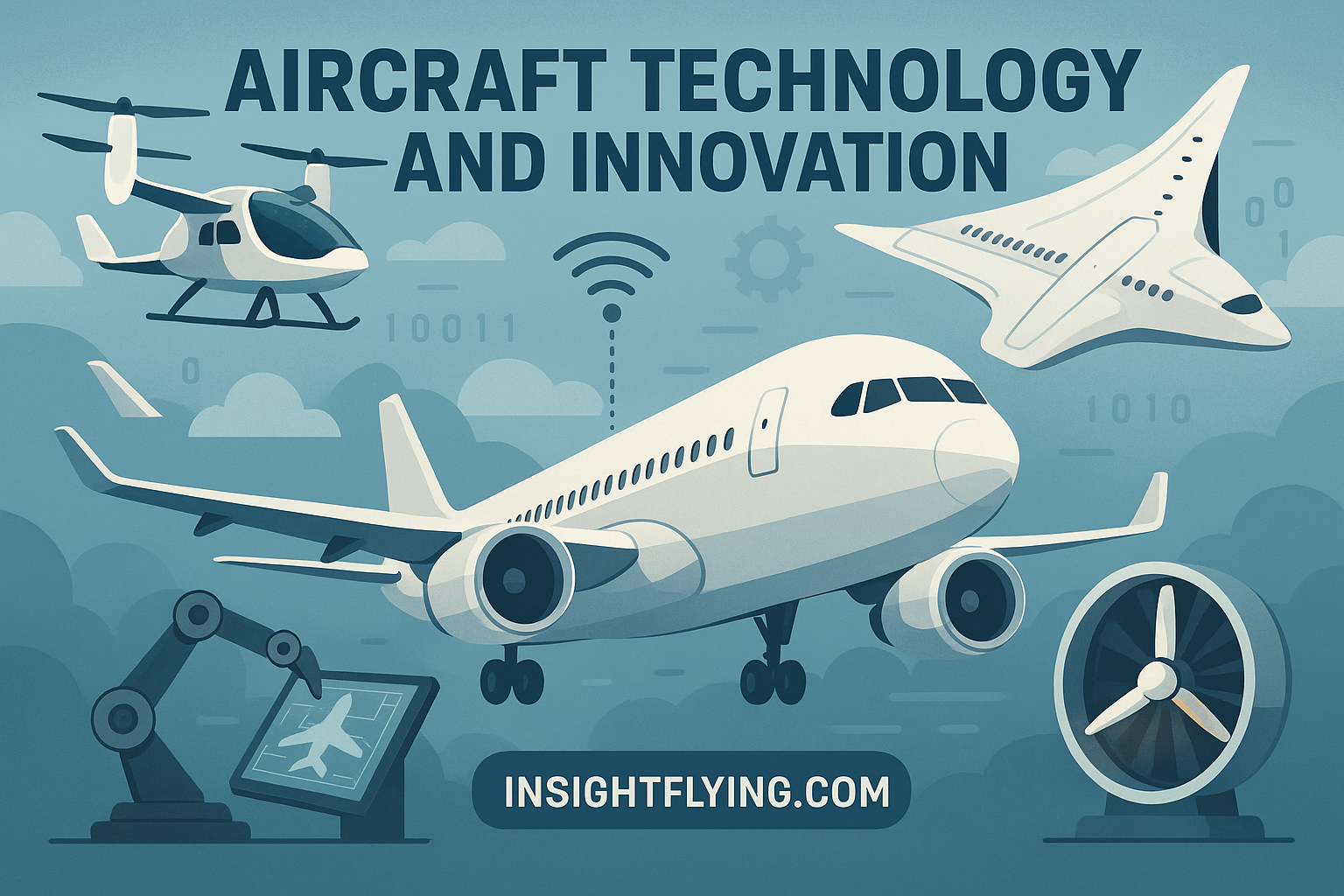
ระบบอัตโนมัติ คือ มิตร หรือ ศัตรู
Automation and Pilots: Friend or Foe? ระบบอัตโนมัติ กับ นักบิน — มิตรหรือศัตรู? In modern aviation, automation has become an inseparable part of flight operations. From the moment an aircraft leaves the gate until it reaches the destination, systems such as autopilot, autothrottle, and flight management computers handle most of the routine tasks that were once performed…
-
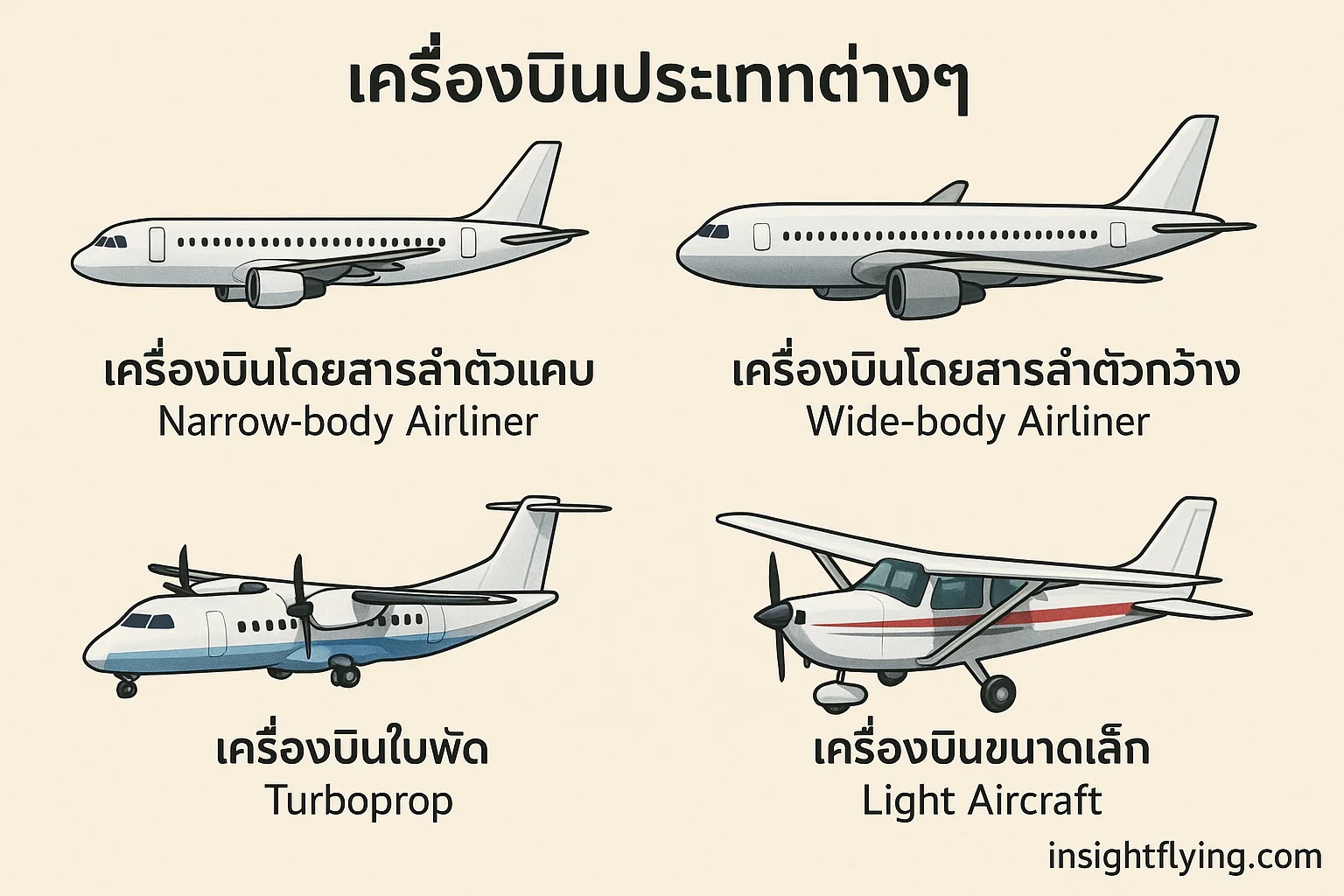
✈️ Aircraft Classification – การแบ่งประเภทของเครื่องบิน
Introduction Aircraft come in many forms, designed for different missions—from carrying passengers across continents to conducting aerial firefighting or training new pilots. Understanding how aircraft are classified helps us appreciate the diversity of aviation technology and operations.เครื่องบินมีหลากหลายรูปแบบ ถูกออกแบบมาเพื่อภารกิจต่าง ๆ ตั้งแต่ขนส่งผู้โดยสารข้ามทวีป ไปจนถึงดับเพลิงทางอากาศหรือฝึกนักบิน การเข้าใจการแบ่งประเภทของเครื่องบินช่วยให้เราเห็นภาพความหลากหลายของเทคโนโลยีและการดำเนินงานด้านการบินได้ชัดเจนขึ้น 1. Classification by Role / Mission Aircraft are often grouped based on their…
-
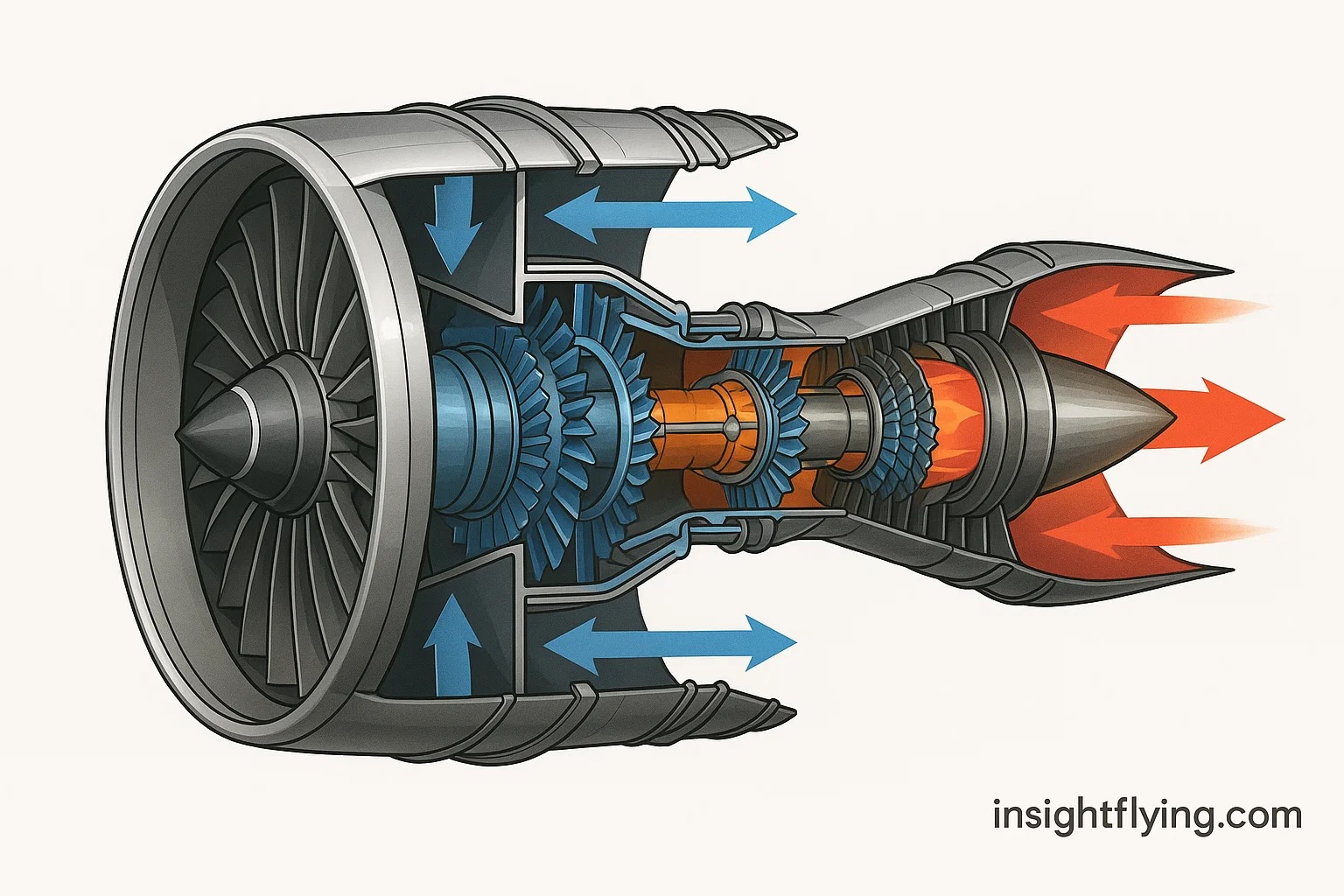
✈ Aircraft Engine Testing — Ensuring Performance, Safety, and Reliability
การทดสอบเครื่องยนต์อากาศยาน — เพื่อความปลอดภัยและความเชื่อถือได้สูงสุด 1. Introduction — The Science Behind Jet Engine Testing Jet engines are among the most complex machines ever built. They operate at temperatures hotter than molten lava, spin at tens of thousands of revolutions per minute, and must perform flawlessly at 35,000 feet. Engine testing is a vital process that ensures every…
-
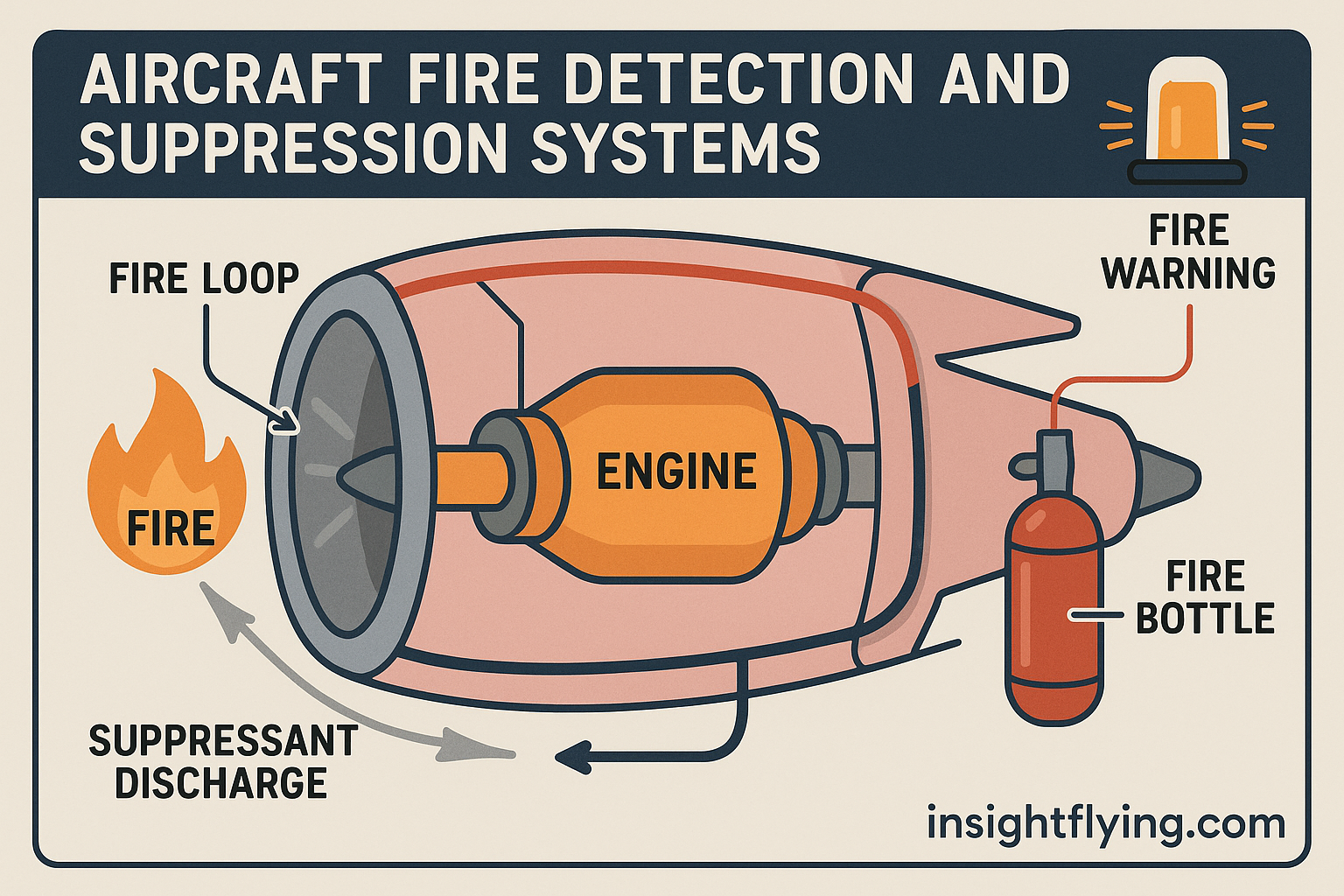
Aircraft Fire Detection and Suppression Systems
ระบบตรวจจับและดับเพลิงในอากาศยาน Overview Fire is one of the most dangerous emergencies in aviation. Because an aircraft is a closed environment with limited oxygen and escape options, early fire detection and rapid suppression are vital. Modern aircraft are equipped with multiple systems that continuously monitor and protect critical areas such as engines, cargo compartments, and the cabin….
-

Emergency Locator Transmitter (ELT) and Survival Equipment
เครื่องส่งสัญญาณฉุกเฉิน (ELT) และอุปกรณ์ช่วยชีวิต What is an ELT? An Emergency Locator Transmitter (ELT) is a radio beacon designed to transmit a distress signal automatically when an aircraft experiences a crash or severe impact. Its primary function is to help search and rescue (SAR) teams locate the aircraft quickly by sending signals on international distress frequencies. เครื่องส่งสัญญาณฉุกเฉิน…
-

ระบบไฮดรอลิคในเครื่องบินคืออะไร Aircraft Hydraulic System
ระบบไฮดรอลิค (Hydraulic System) คือระบบที่ใช้ของไหล (โดยทั่วไปเป็นน้ำมันไฮดรอลิคชนิดพิเศษ) ในการส่งถ่ายพลังงาน เพื่อใช้ขับเคลื่อนอุปกรณ์ต่าง ๆ ที่ต้องการแรงมาก และต้องการความแม่นยำสูง การเลือกใช้ระบบนี้ในเครื่องบิน เนื่องจากมันสามารถสร้างแรงดันสูงได้ในพื้นที่ขนาดเล็ก มีความน่าเชื่อถือ และตอบสนองได้รวดเร็ What is the hydraulic system in an aircraft?The hydraulic system is a system that uses fluid (typically a special type of hydraulic oil) to transmit power, driving various components that require high force and precise control. This system is widely used…
-

Lift (แรงยก) – หัวใจของการบิน
แรงยก หรือ Lift คือแรงสำคัญที่สุดที่ทำให้เครื่องบินลอยขึ้นและคงอยู่บนท้องฟ้า โดยเกิดจากการออกแบบของ ปีก (Wing) ที่ใช้หลักวิทยาศาสตร์เกี่ยวกับความดันอากาศLift is the most essential aerodynamic force that allows an aircraft to take off and stay airborne. It is primarily generated by the design of the wings, which manipulate air pressure according to scientific principles. ปีกของเครื่องบินถูกออกแบบให้มีลักษณะ โค้งด้านบนและแบนราบด้านล่าง เราเรียกรูปร่างนี้ว่า Airfoil หรือ Aerofoil ด้านหน้าของปีก (Leading Edge) จะหนากว่าและค่อย ๆ บางลงไปจนถึงด้านท้าย (Trailing…
-

🛩 Horizontal & Vertical Stabilizers: The Tail of an Airplane
(หางของเครื่องบิน: Horizontal & Vertical Stabilizer) 🇹🇭 ภาษาไทย หางระนาบ (Horizontal Stabilizer) และ Elevator หางตั้ง (Vertical Stabilizer) และ Rudder ภาพรวมของการทำงาน ตัวอย่างการใช้งานจริง 🇬🇧 English Horizontal Stabilizer & Elevator Vertical Stabilizer & Rudder Flight Control Overview Real-World Applications